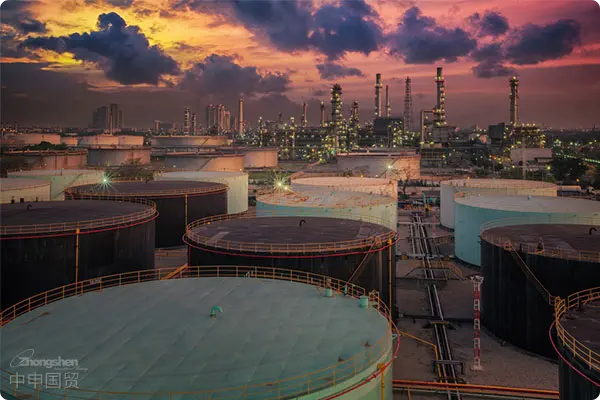- Shanghai Zhongshen International Trade Co., Ltd. - Two decades of trade agency expertise.
- Service Hotline: 139 1787 2118

Saudi Aramco, the worlds largest oil producer, plans to significantly increase natural gas production by 2030 to surpass Algeria and become one of the worlds leading natural gas producers. The company is expanding its business scope in response to the growing global demand for clean energy.
Saudi Aramcos latest statement indicates that the company is implementing multiple projects to boost its natural gas production capacity, including the development of the Hawiyah Unayzah gas field and the launch of its gas injection project, aiming to provide up to 2 billion standard cubic feet of natural gas per day. Additionally, the expansion of the Hawiyah Unayzah gas processing plant is underway, with expected processing capacity increasing to 800 million standard cubic feet per day upon completion. Meanwhile, in the South Ghawar region, the company has begun producing unconventional tight gas, laying the foundation for its natural gas production growth plan.
Saudi Aramco projects that by 2030, its natural gas production will reach 16.5 billion cubic feet per day, equivalent to 165 billion cubic meters annually. This target would position Saudi Arabia ahead of current major gas exporters Norway and Algeria, which produced 117 billion cubic meters and 138 billion cubic meters of natural gas respectively in 2023.
While expanding natural gas production, Saudi Aramco is also making significant investments in the liquefied natural gas (LNG) market. The company announced its first international investment in LNG, acquiring a minority strategic stake in MidOcean Energy, operated by U.S. energy investment firm EIG. This move marks Saudi Aramcos strategic positioning in the global LNG market and strengthens its role in the global energy supply chain.
Additionally, Saudi Aramco is actively participating in renewable energy projects as part of Saudi ArabiassolarResources national program. The company has signed agreements with Saudi Public Investment Fund (PIF) and ACWA Power to develop two large-scalephotovoltaicpower plants with a combined capacity of 2.66 gigawatts. This represents a significant step by Saudi Aramco in advancing the Kingdoms transition to low-carbon energy.
These plans by Saudi Aramco reflect the strategic intentions of both the company and the Kingdom in responding to changes in global energy markets, reducing reliance on oil, and transitioning to cleaner, more sustainable energy supplies. By increasing investments in natural gas and renewable energy, Saudi Aramco can not only reduce greenhouse gas emissions but also enhance its competitiveness in the global energy market.
Related Recommendations
? 2025. All Rights Reserved. 滬ICP備2023007705號-2  PSB Record: Shanghai No.31011502009912
PSB Record: Shanghai No.31011502009912









